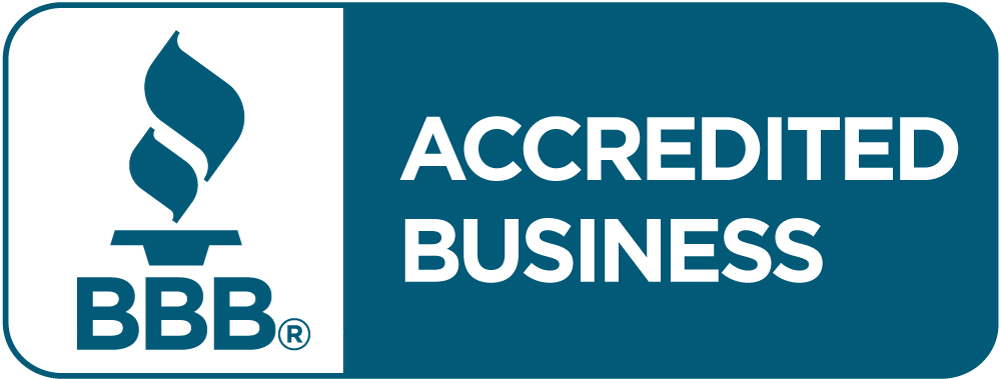Quick Links
ToggleThankfully, an effective risk management strategy can assist you in understanding and planning for the financial risks that may affect your business. Financial risk management solutions can also help you minimize threats to your venture’s success—or even avoid them altogether.
If you don’t know how to do a financial risk assessment, don’t fret. In this guide, we share the practical ways you can assess financial risks for your small business, starting from today.
What is a Financial Risk Assessment?
Before we reveal how to do a financial risk assessment, let’s delve into exactly what a small business financial risk assessment is.
A financial risk assessment is the evaluation of the possibility of a threat occurring, along with its potential consequences. It serves as a vital first step in the financial risk management process.
Both internal and external elements that give rise to threats must be considered when conducting a financial risk analysis.
Internal factors are those that are caused by the company’s own business activities. Poor spend management and production issues are both potential threats that can have an influence on a business’s finances and market value.
External factors, on the other hand, are the political, economic, or social situations that impact a business’s performance, such as economic crises, fluctuations in exchange rates, industry changes, or governmental policies.
How to do a Financial Risk Assessment
Conducting a financial risk assessment for your small business requires just five simple steps:
1. Identify the Key Risk Factors
The first step is to determine which scenarios offer a financial risk to your operations. Begin by analyzing your company’s balance sheet or statement of financial position. You’ll want to know what your main income streams are and how customer credit conditions affect this revenue.
Examine how your cash flow changes over time, as well as how your revenue growth compares to the previous quarter and year. What factors have influenced your growth? Additionally, examine your short- and long-term debt and consider what the impact would be if interest rates were to increase.
We also recommend pinpointing any clients who account for more than 10% of your total revenue. If they’re unable to pay their invoices, this might put your financial health at risk.
Finally, take a close look at your client segmentation by geographic location. What are the financial risks associated with these regions?
2. Measure the Financial Risk
Prioritizing risks is vital for optimal resource and effort allocation. Once you’ve compiled a list of potential financial risks, create a method for weighing the impact of each risk. Consider how much damage the threat may potentially create and how difficult it would be to recover from. Finally, determine a risk grading system that ranges from minor to severe.
3. Create a Contingency Plan
After you’ve identified and measured potential financial risks for your small business, it’s time to determine how these can be minimized or avoided.
Ask yourself: What can the business do to avoid this danger or prepare for it if it occurs? Additionally, what actions can the business take to recover if this risk affects it?
Keep in mind that not all risks can be addressed in the same way, and you may not be able to control them all. As a result, the contingency plan must be based on your business’s risk aversion and tolerance level.
4. Assign Responsibilities
Identify employees who will monitor and manage risks. Avoid nominating a single person to manage all risks and instead delegate tasks to the most appropriate staff.
You must also determine how risks should be reported and dealt with. When risk management protocols are in place, concerns can be handled more efficiently.
5. Review Regularly
Risk assessment for your business is not a one-time activity. Examine your risk management practices on an annual basis to determine how you address threats. Also, keep an eye out for new concerns that may not have been included in the earlier evaluation.
Minimize Your Small Business Financial Risk
If your business needs funding to mitigate long-term financial risks, Zinch can help. Contact us at (714) 500-6622 to learn more about your options. You could qualify for up to $250,000 in just 24 hours.










